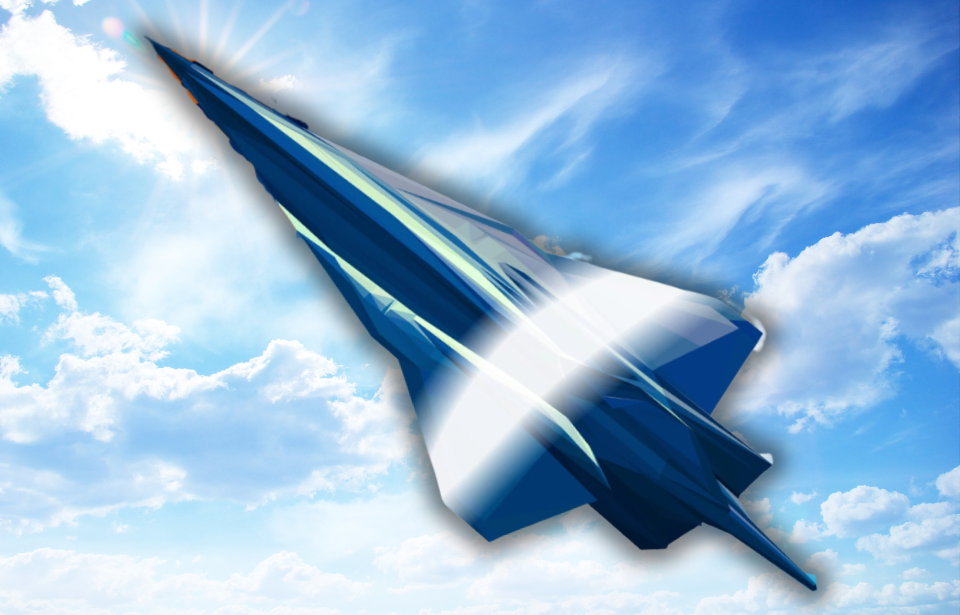In 1998, the Lockheed SR-71 Blackbird was officially retired, marking the end of its over 30-year service with the US Air Force. Over its three decades in the sky, it broke several records – ones Lockheed Martin hopes its secretive successor, the SR-72 “Son of Blackbird,” will one day break.
Confirmed in 2013, the proposed hypersonic aircraft could possibly enter service as soon as 2030, if things go according to plan.
Lockheed SR-71 Blackbird
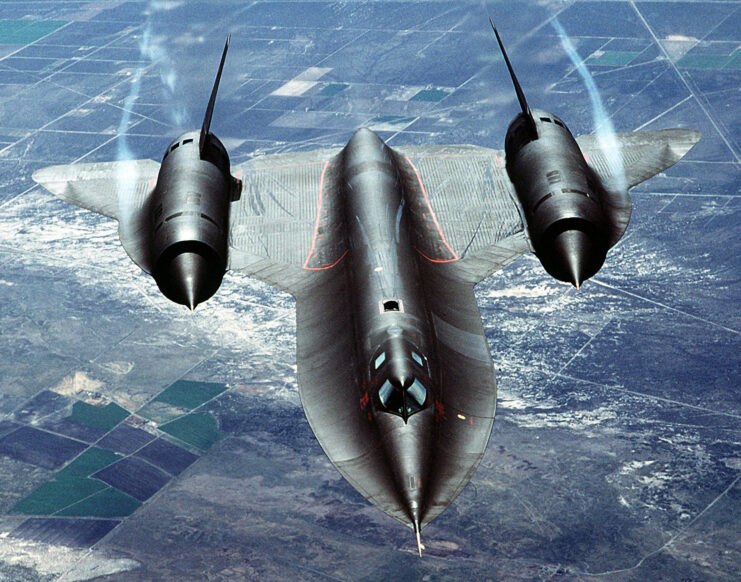
The Lockheed SR-71 Blackbird was a long-range, high-altitude strategic reconnaissance aircraft that entered service with the US Air Force in 1966. It was developed as a successor to the Lockheed A-12, which saw service for only a short period of time, with a focus on an increased size, for better fuel capacity, and improved speed. To ensure it didn’t suffer any damage while traveling at an excess of Mach 3, it was coated in titanium acquired from the Soviet Union.
Upon entering operational service with the Air Force, the SR-71 exhibited a number of problems, most notably the loss of parts after each mission. This meant each unit was flown, at the most, once per week, to cut down on recovery time. It was primarily stationed in Okinawa, Japan, with flights occurring over Europe and during the Yom Kippur War, among other conflicts.
While the Air Force retired the SR-71 in 1998, NASA continued to operate the aircraft for another year. Its last official flight took place on October 9, 1999, with all remaining units being put on display in museums.
Conceptualizing the Lockheed Martin SR-72 ‘Son of Blackbird’
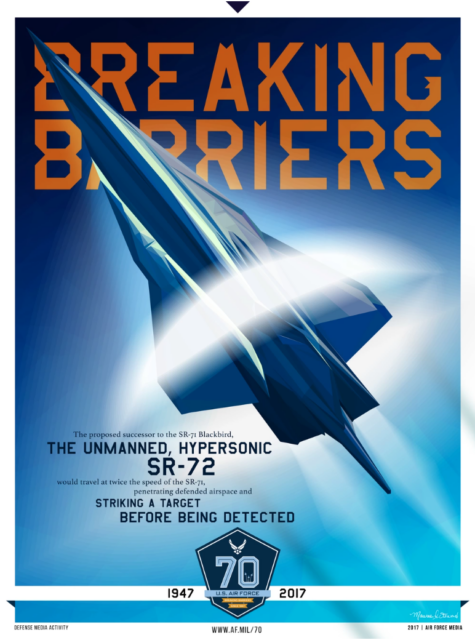
Following the SR-71 Blackbird’s retirement, there was a noticeable gap in the US Air Force’s arsenal. There was a need for a high-speed aircraft that could enter protected airspace and either observe a target or launch an attack before the enemy knew what was happening.
The earliest known reports that Lockheed Martin was developing such an aircraft, with a proposed speed of at least Mach 6, arose in 2007. However, it wasn’t confirmed until ’13, in an article by Aviation Week & Space Technology. Since then, its progress and development have been occasionally discussed, with not much in the way of concrete information being publicly revealed.
Developing new technologies
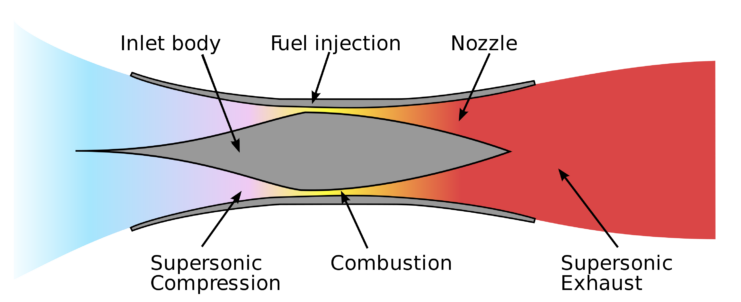
Given its intended high speed, Lockheed Martin needs to develop an engine capable of operating under extreme temperatures. To achieve this, the company is working alongside Aerojet Rocketdyne to design a new concept based on the canceled scramjet-powered HTV-3X. It’s known as a “turbine-based combined cycle” (TBCC) system, wherein a turbine engine is used at low speeds and a scramjet one is activated at high speeds.
To aid in the engine’s development, NASA awarded Lockheed Martin an $892,292 contract.
Similar to the engines, a new type of outer coating needs to be developed to withstand the aforementioned conditions at a proposed altitude of 80,000 feet, as going over Mach 5 is liable to melt typical metallic airframes. It’s been reported a mix of ceramic, high-performance carbon and metal is being considered.
On the plus side, there’s no need to worry about occupants, as the SR-72 will likely be unmanned.
Another issue under consideration is the type of ordnance the aircraft will carry. The plan is for it to be a strike and intelligence, surveillance and reconnaissance (ISR) platform, meaning that, while it’ll be primarily used to observe targets, the SR-72 will still have the capacity to launch attacks. New weapons and sensors will need to be developed, with recent reports saying it’ll likely be equipped with Lockheed Martin’s High-Speed Strike Weapon (HSSW).
Outside of those details, all that’s known is that the SR-72 will be the approximate size of the SR-71 Blackbird and feature a sleek design.
When will the Lockheed Martin SR-72 ‘Son of Blackbird’ see action?
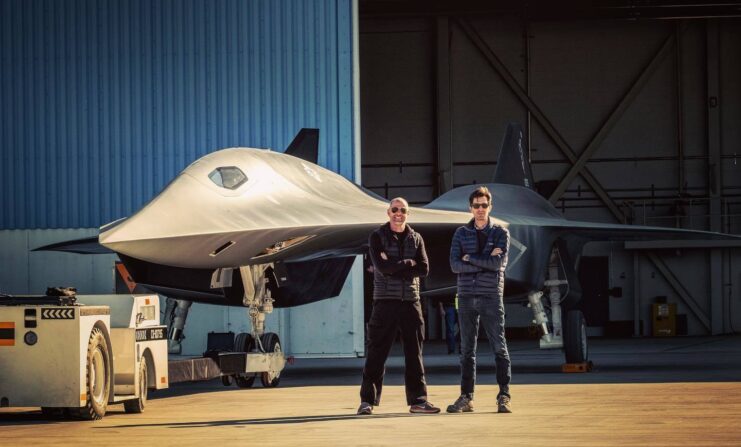
At present, there’s no concrete date for when the SR-72″ Son of Blackbird” will officially take to the skies. While Lockheed Martin is aiming for 2030, with a prototype hopefully operational by ’25, the US Air Force hasn’t said much, with Air Force Chief of Staff Gen. Mark Welsh saying in November 2013 that the service is interested in the aircraft’s hypersonic capabilities, but that it hadn’t spoken with the aviation company.
It’s reported that all that’s being built at the moment is a demonstrator, which will be developed upon if Lockheed Martin is given the green light to move ahead with the project.
More from us: Northrop XP-79: The Flying Wing Designed to Ram Into Enemy Aircraft in Mid-Air
Interest in the SR-72 was recently piqued with the release of 2022’s Top Gun: Maverick. The film, which sees Tom Cruise reprise his role as Pete “Maverick” Mitchell, features an aircraft known as the SR-72 Darkstar, which is said to have been inspired by the Lockheed Martin project.
